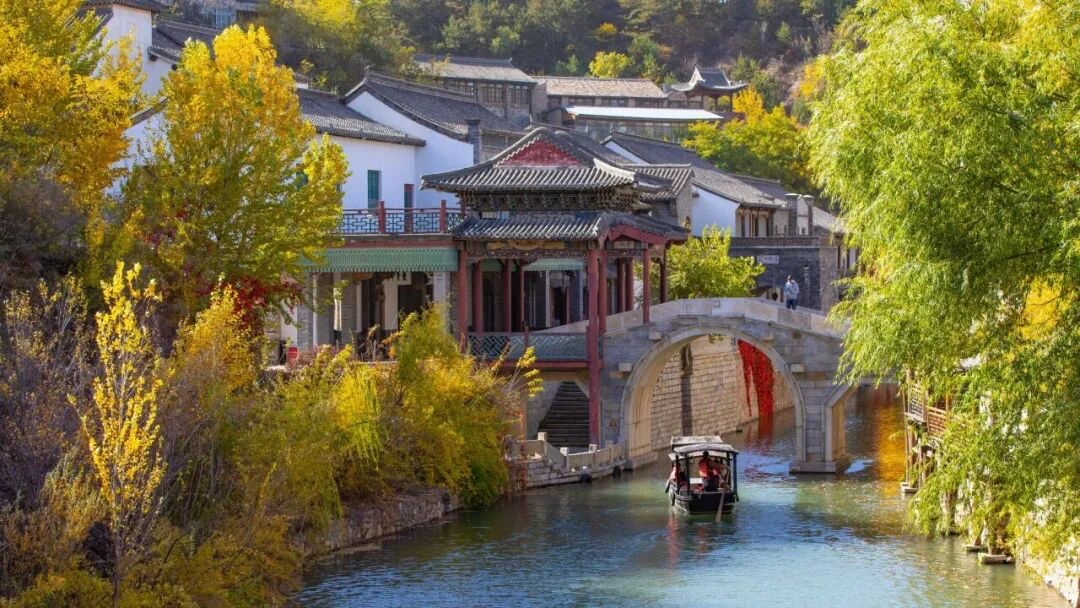In Chinese culture, certain numbers are considered "lucky" because their pronunciations sound similar to words that have "lucky" meanings.
Lucky numbers are very important in Chinese culture. People select lucky numbers when choosing residences, telephone numbers, business addresses, wedding dates, festivals and other celebratory events.
Number 8 and Other "Lucky" Numbers

The Number 8 indicates prosperity, Wealth, success or social Status.
The Number 8 sounds similar to the word "Fa" in Cantonese. "Fa" can mean prosperity, wealth, success, or social status. One example of its use was the 2008 Beijing Olympics Opening Ceremony held on August 8th, 2008 (8/8/08), at 8:08 pm.
Even Numbers are Preferred Over Odd Numbers
Chinese believe in harmony and balance. Therefore, even numbers are preferred over odd numbers. Number 2 represents harmony, and number 6 success. The pronunciation of number 9 sounds similar to the word for permanence.
Lucky Numbers In Business
Lucky numbers are also extremely important in Hong Kong. In this industrial and commercial city, competition is fierce and merchants vie for success. Often, they will select "lucky" days to celebrate grand openings or sign contracts. If the day has an 8, it is believed to bring luck. If the day has a 9, the business will have a better permanence. If the day has a 6, the venture will be successful.
Yellow, Red and Green are Considered Lucky Colors
Red is considered the luckiest color in China, and it is widely used during festivals and important events like wedding. The New Year couplets are, almost without exception, written on red papers.
Yellow Symbolized Royalty and Power of the Throne.
The first Emperor of China was known as the Yellow Emperor. China was often referred to as Yellow Earth, and its mother river is the Yellow River. The skin color of Chinese people is yellow.
During the Song Dynasty (960 - 1279), yellow glazed tiles were used to build imperial palaces. During Ming (1368 - 1644) and Qing (1636 - 1911) Dynasties, emperors were dressed in yellow imperial robes. They rode in "Yellow Palace" carriages and traveled on "Yellow Paths". Official flags were yellow. Official seals were packaged in yellow fabric. Overlooking the Forbidden City from Beijing Jing Mountain, one can see a sea of yellow glazed tile roofs. Gilded copper urns and animals adorn many palaces.
Red is the Chinese National Color and Represents Happiness, Beauty, Success and Good Fortune
Red is used extensively in everyday life. Red lanterns adorn businesses and residences. Double rows of red "Xi" (happiness) letters are pasted on gates and doors. People wore red during weddings, festivals and other celebratory events. Red envelopes stuffed with money are given as gifts during Chinese New Year.
Green Symbolizes Money
Buildings, banks and restaurants are often painted in green and red.



